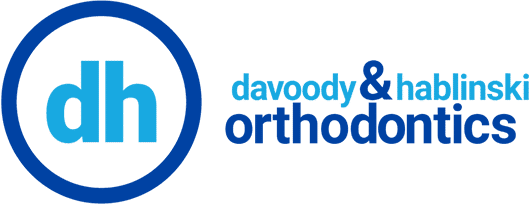Diabetes and Orthodontics: What You Need to Know
Although diabetes has become a fairly common disease in most recent years, it is still very serious and should be managed properly to avoid damaging effects to the body. These damaging effects include threats to your oral that can greatly influence your orthodontic treatment. Diabetes and Gum Disease The connection between diabetes and periodontal disease is closer than
Great Dental Health Apps For Kids
EVERY PARENT WANTS to be able to teach their children good, healthy habits so that they will be ready for the responsibilities of adulthood, and those include oral health and hygiene habits. But what do we do when our kids aren’t interested in brushing and flossing? Fortunately, in the age of the smartphone, there’s an app for that.
Is Juicing Bad for Your Teeth?
At the start of every new year, most of us begin to reevaluate our waistlines and opt for a healthier lifestyle. With the growing popularity of juicing in recent years, more of our patients have been turning to this diet as a means of increasing their fruit and vegetable intake. While blending veggies, fruits, and other nutrients together
New Year, New Me
At the start of each new year, we often hear people say, “New year, new me.” But what exactly does that mean? At Davoody and Hablinski Orthodontics, we say “New year, new smile, better hygiene.” To help you start the new year with a great smile and better oral health, we’ve come up with a list of essentials
Are You Over Brushing Your Braces?
Have you ever had that awkward experience when you drink a cold beverage and immediately feel a sharp pain in your teeth? You’re not alone. In fact, one in eight people has this same problem with tooth sensitivity. So what’s the cause? Believe it or not, tooth sensitivity such as this doesn’t have anything to do with cavities
How to Survive Thanksgiving with Braces
If you’re a fan of food like we are (and really, who isn’t?), then Thanksgiving just might be one of your favorite holidays. Not only do you get to spend time with the ones you love, but you can also eat all the foods you might not get to eat as often. So how do you enjoy the

